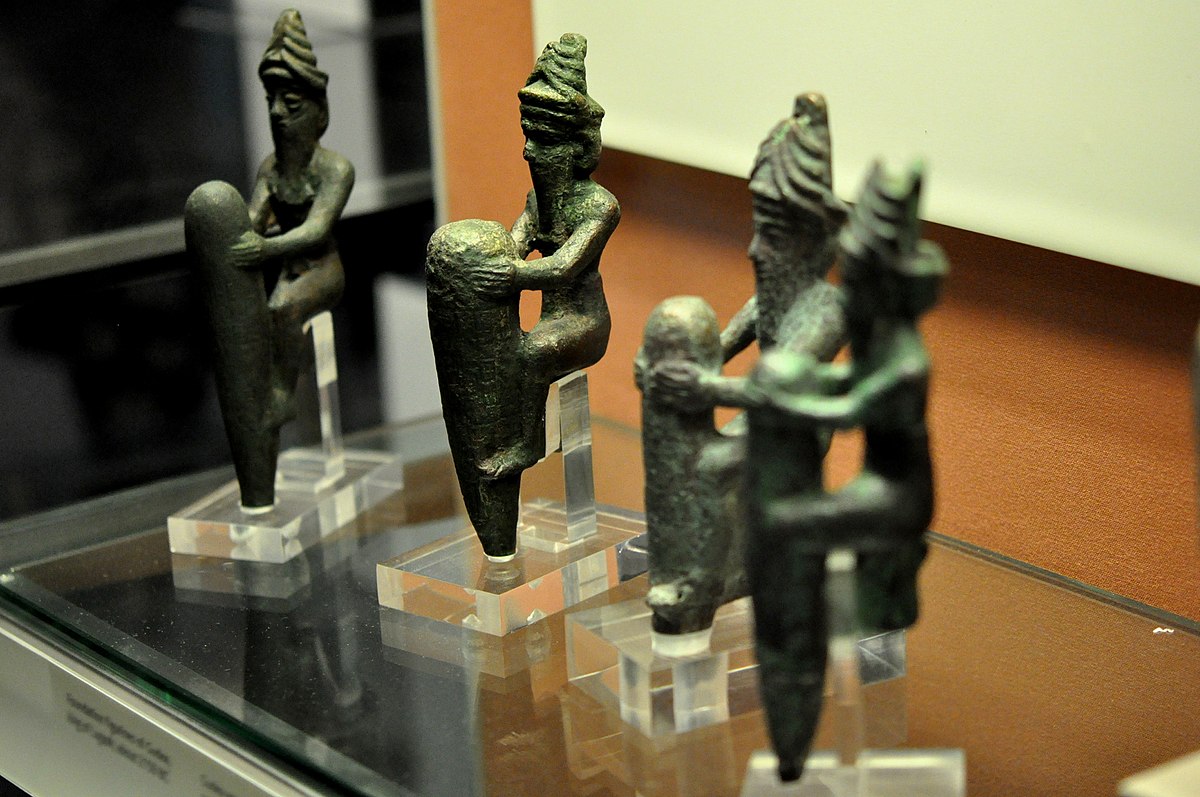rupol2000
Gold Member
- Aug 22, 2021
- 18,215
- 2,628
- 138
- Banned
- #1
In the Sumerian-Akkadian and Semitic mythology, this is interpreted as the initiative of the gods to destroy people. But there is also Aryan mythology. It says that Indra broke the strongholds and released the waters. And it is interpreted there as a blessing for people.
There is no doubt that the strongholds that Indra broke are precisely dams, because the result of this was the release of waters. In the Sumerian-Akkadian mythology, it is also said that the dams were the cause of the flood.
There is no doubt that this is a historic event.
Slave owners lived in the upper Mesopotamia and organized oasis agriculture, which was detrimental to pastoralists. There was a War, Indra defeated and destroyed the Dams, and also released the cattle captured by the farmers.
The farmers were just in the region of Assyria, and the Aryans called their Enemy Assurs.
There is no doubt that the strongholds that Indra broke are precisely dams, because the result of this was the release of waters. In the Sumerian-Akkadian mythology, it is also said that the dams were the cause of the flood.
There is no doubt that this is a historic event.
Slave owners lived in the upper Mesopotamia and organized oasis agriculture, which was detrimental to pastoralists. There was a War, Indra defeated and destroyed the Dams, and also released the cattle captured by the farmers.
The farmers were just in the region of Assyria, and the Aryans called their Enemy Assurs.





